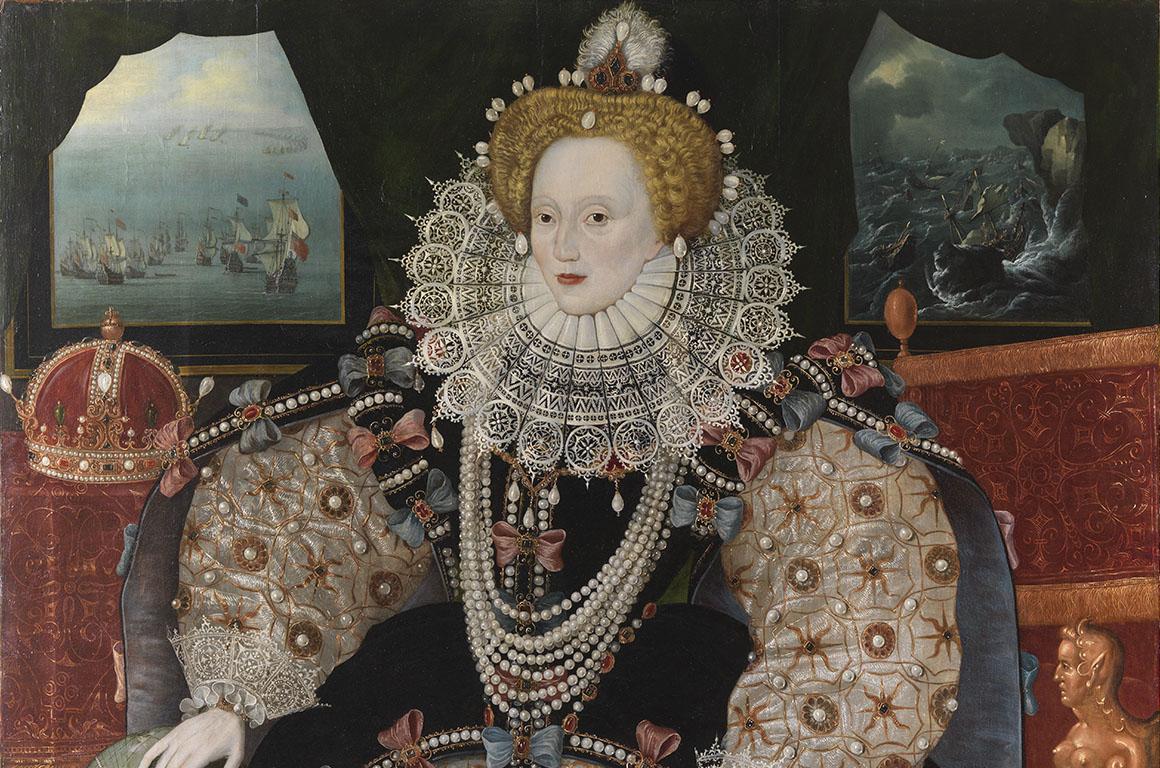Queen Elizabeth I's Privy Council
The Privy Council was a defined body that advised Queen Elizabeth I and acted as the administrative centre for her government.
Queen Elizabeth I was at Hatfield in Hertfordshire when news of her sister’s death, Queen Mary I, and proclamation of her accession arrived. On this day, 17 November 1558, William Cecil, who later became her Secretary and most-trusted adviser, was with her. A little later they were joined by a delegation of Queen Mary's councillors, wondering what lay in store for them.
A decisive start
In her first address, Queen Elizabeth I made a decisive start by asserting her inalienable right to rule, assuring those present that hers would be a consensual government. She also made it clear that the changes and job cuts to be made among her close advisers were not due to any fault of their own, or out of vengeance, but from the need to streamline management for a more effective government.
The following day the Queen met with a consultative committee made up of her own Protestant advisers and a few of Mary's Catholic ex-councillors, beginning the process of fusing the new with the old. The new team acted swiftly and efficiently, dismantling Mary's government and setting up Elizabeth's new one within three days of her accession.
The new Privy Council
The new Privy Council was dramatically slimmed-down from 50 to 19. As Elizabeth's goal was order and stability, she opted for a more inclusive and cooperative model, drawing together the best of the old and the new to help her govern.
The Queen retained a number of councillors from Mary's regime, such as the Earl of Pembroke. Although Elizabeth did not trust him, she felt he was too powerful to exclude, and since he had served under Henry VIII, Edward VI and Mary I, he had a stake in the continuance of the Tudor monarchy. This strategy worked and Pembroke proved a loyal servant.
Nobility, gentry and business
Members of the new council were drawn from nobility, gentry and business, in a skillful mix of the aristocracy and the meritocracy. Notably, most of the clergy were dismissed, signalling that while religion would be a concern of the state, it would not dominate it.
The new coalition council represented all the major religious and political factions in the realm and the experience they brought to the table balanced Elizabeth's youth and inexperience.
To unite and lead this disparate group, it was essential for the Queen to make her expectations clear. She did this in her address at the first official meeting of the new council on 20 November 1558.
‘I give you this charge, that you shall be of my Privy Council, and content yourself to take pains for me and my realm. This judgement I have of you, that you will not be corrupted with any manner of gift, and that you will be favourable to the state, and that, without respect of my private will, you will give me that counsel that you think best. And if you shall know anything necessary to be declared to me of secrecy, you shall show it to myself only, and assure yourself I will not fail to keep taciturnity therein.’
In this passage she charges them to commit themselves wholly to her and her realm, praises them for being honest and honourable men and makes it clear that she expects them to remain so. She assures them that she wants them to tell her what they think, not what they think she wants to hear, and makes a pact of confidentiality. While she does not expect them to agree all the time, either with her or each other, she does demand honest advice and a commitment to give their best for her and the country.
Using our collections for research
The collections at Royal Museums Greenwich offer a world-class resource for researching maritime history, astronomy and time.
Find out how you can use our collections for research
The Armada Portrait
Recently saved for the nation, the Armada Portrait commemorates the most famous conflict of Elizabeth I's reign – the failed invasion of England by the Spanish Armada in summer 1588. This iconic portrait is now back on public display in the Queen's House after careful conservation.
Find out more and visit The Armada Portrait
